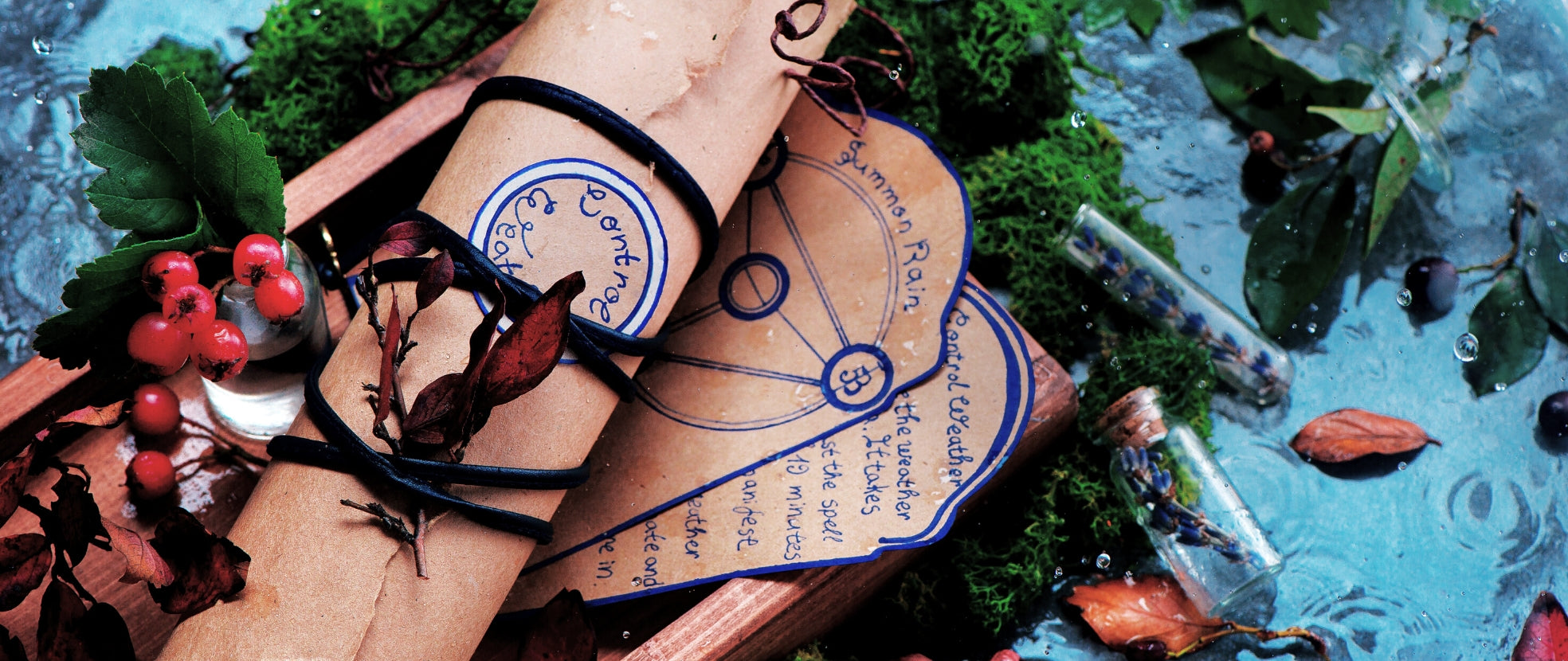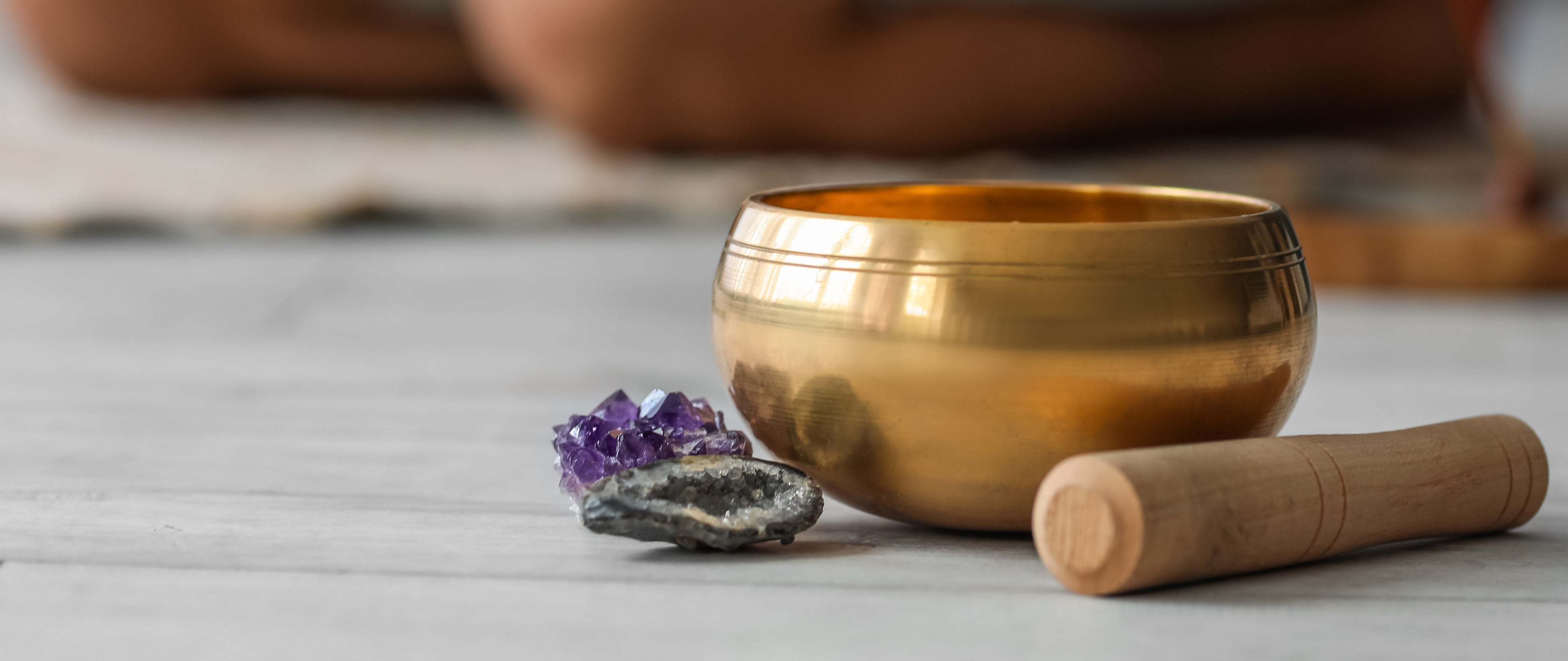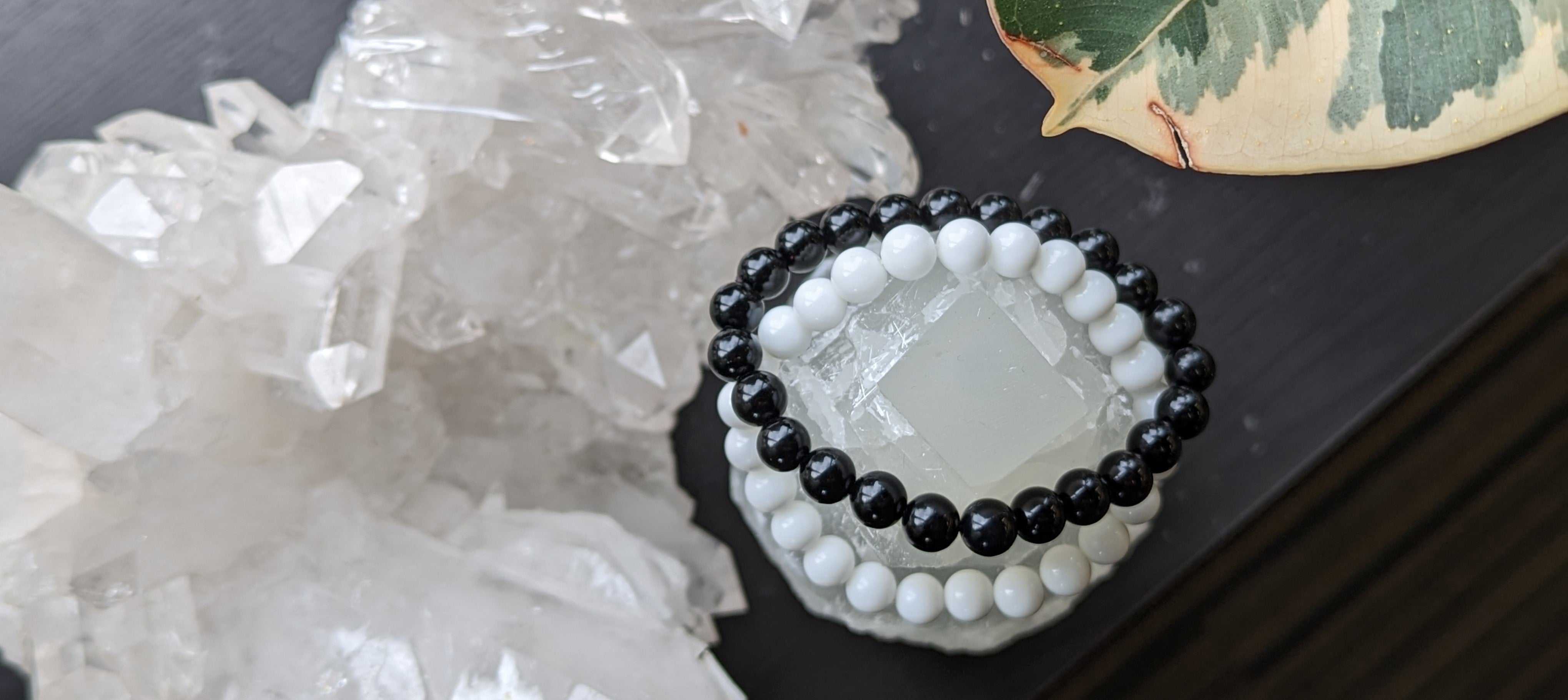Morganite is a transparent stone with a vitreous or glassy luster. Its magnesium content makes the stone pink, while trace amounts of iron produce a tinge of yellow or orange.
The mixture of both colours gives morganite its signature peachy or salmon pink colour. Morganite is also called pink beryl and rose beryl.
The Physical Properties of Morganite
Morganite has dichroic properties. This means it displays various colours when viewed from different angles due to how the stone absorbs light. Some morganite gemstones can exhibit a cat eye effect or a star-like effect .
Morganite is a rare variety of the beryl stone and is usually found in small quantities with other minerals. It occurs as short, hexagonal crystals in granite pegmatites and cavities.
Although rare, morganite crystals are extracted in numerous deposits around the world namely Afghanistan, Brazil, China, Madagascar, Mozambique, Namibia, Russia, Zimbabwe, and the USA.
As a beryl, morganite has a hardness rating of 7.5 to 8 on the Mohs scale. With outstanding durability, this mineral is widely used as material for jewelry items (e.g., morganite rings, bracelets, and necklaces).
But because it is brittle and breaks by cleavage, morganite can be prone to damage when exposed to high pressure, impact, and changes in temperature.
The History of Morganite
Origins
Where does the morganite stone come from?
This gorgeous clear stone first caught public attention in 1910. George F. Kunz, an American mineralogist and then chief Gemologist of Tiffany and Co, discovered morganite in Madagascar.
The stone was originally referred to as simply pink beryl. But in 1911, Kunz decided to rename it to morganite to give honor to Tiffany and Co's avid customer, J.P. Morgan.
It was also deemed a fitting tribute to one of the world's most powerful bankers (who also happened to be a gem collector) as he also made great mineral contributions to the Museum of Natural History in New York and the Museum of Natural History in Paris.
Availability and popularity

Morganite is widely available in many jewelry stores, although selections in most stores are limited. Pure pink morganites are the most sought after varieties which are hard to find.
Most morganite stones in the market are heat treated to eliminate their yellow traces and deepen their pinkness.
In 2010, morganite supplies were sorely limited. What drove this decline was the fact that the stone didn't have much demand (consumers were unfamiliar with it) and jewelry manufacturers didn't have an abundant source of morganite.
As time passed, supplies started to increase again when more morganite mines were discovered in Brazil. New methods to boost the colour of light-coloured morganite also helped drive up demand. At present, morganite jewelry is now more present in stores, especially morganite rings.
In recent years, morganite has become an emerging wedding band and engagement ring of choice among budget-conscious couples. And this dazzling pink stone has the potential to take over the spotlight from the diamond.
Besides being a truly impressive stone, morganites are much less expensive than diamonds on a dollar-per-carat basis. A single carat costs around $300 compared to $2,000 (or more) for a diamond.
The Lore of Morganite
Morganite is known as the Stone of Lawyers and it helps them uphold fairness in their cases.
Morganite also helps budding businesses establish their presence in the market and capture new customers. Accountants and bank managers keep a stone with them during meetings to get fair treatment.
Some people believe that the stone provides moral support to pubescent girls who don't have a mother, as well as women experiencing eating disorders. Morganite's soft pink hue is believed to lend its user comfort during stressful times.

The Metaphysical Properties of Morganite
Morganite is a heart stone that grants love and compassion. When used during meditation, it fills your aura with a soothing and relaxing energy, from head to foot.
When your heart is weighed down by fear, pain, and worry, use morganite to open up your heart and receive healing. Morganite will instill in you courage and confidence to process these feelings.
It is a great stone to work with for people recovering from trauma. If you're dealing with the loss of a loved one or struggling to move on after a breakup, morganite will become your ally.
Simply hold the stone close to your heart and it will help unleash your inner strength as you grow through such tough times. In the process, it will fill your heart with love, joy, and peace.
You can also use it together with some protection stones like black kyanite, black tourmaline, and onyx. These protection stones can help speed up your healing.
Sources:
King, H. (n.d.). Beryl. Geology.com. Accessed at https://geology.com/minerals/beryl.shtml
Morganite Value, Price, and Jewelry Information. (n.d.). International Gem Society. Accessed at https://www.gemsociety.org/article/morganite-jewelry-and-gemstone-information/
Morganite Uses and Meaning. (n.d.). Crystals Vaults. Accessed at https://www.gemsociety.org/article/morganite-jewelry-and-gemstone-information/
Morganite History and Lore. (n.d.). Gia.edu. Accessed at https://www.gia.edu/morganite-history-lore
Keiles, J.L. (2018, December 4). The Engagement Ring Gemstone that Everyone Is Buying But Nobody Is Talking About. Vox. Accessed at https://www.vox.com/the-goods/2018/12/4/18126188/morganite-engagement-ring-gemstone-diamond-alternative
Deane, E. (202, November 20). What is Morganite? Everything You Need to Know About the Engagement Ring Trend. Hitched. Accessed at https://www.hitched.co.uk/wedding-planning/bridalwear-articles/morganite-engagement-rings/
Morganite Meaning and Properties. (n.d.). Fire Mountains and Gems. Accessed at https://www.firemountaingems.com/resources/encyclobeadia/gem-notes/ha59
Dichroism. (n.d.). Britannica. Accessed at https://www.britannica.com/science/dichroism
Minerals and Gems. (n.d.). American Museum of Natural History. Accessed at https://www.amnh.org/research/physical-sciences/earth-and-planetary-sciences/geology-collections/minerals-gems





